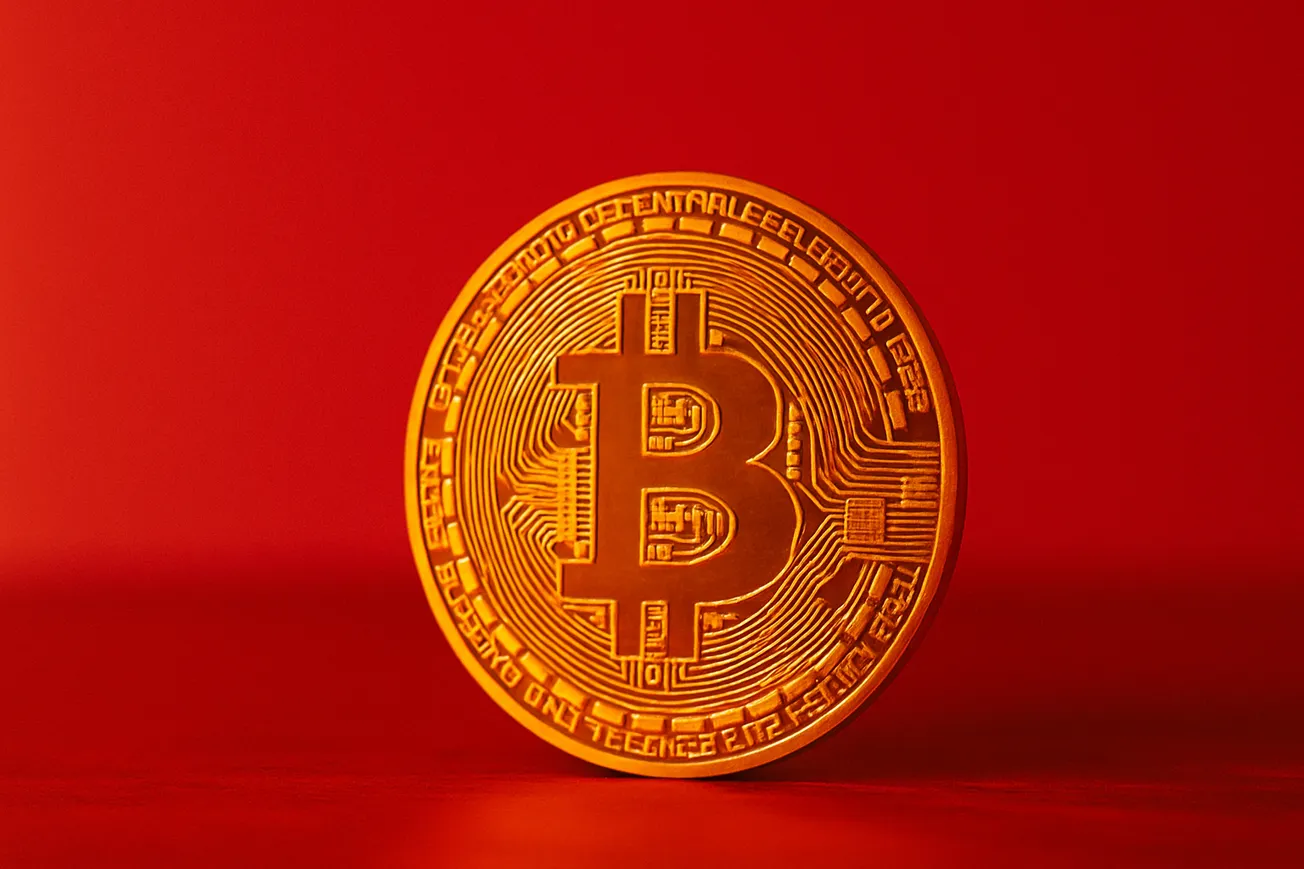Soon-to-be President Donald Trump has talked about getting rid of the U.S. income tax and replacing it with a system of tariffs. He has come under heavy criticism from Democrats and many economists. But average Americans appear to like the idea, with a plurality favoring Trump’s idea, the latest I&I/TIPP Poll shows.
The December online I&I/TIPP Poll asked 1,441 adults across the country the following question: “President Trump has talked about replacing the income tax with tariffs (taxes on selected imports). Would you support or oppose such a move?” The poll has a margin error of +/-2.6 percentage points.
A plurality of those responding answered yes. Specifically, 46% said they either support the idea “strongly” (17%) or “somewhat” (28%). On the other side, 38% said they opposed the idea either “strongly” (24%) or “somewhat” (14%). A sizeable 16% said they were not sure.
But by far the strongest support for the idea came from Trump’s main constituency, Republicans. They support the tariff idea by a hefty 75%, with only 13% standing opposed and 12% “not sure.”
Democrats aren’t so keen on the tariff idea, with 24% supporting and a majority 62% opposing the idea, with 14% not sure.
Independent/third-party respondents once again more or less split on the issue, with 39% supporting it, but 43% opposing. The “not sure” response was 19%, indicating significant indecision on the proposed plan.

Demographic differences also play into overall preference. Men (50% support, 39% oppose) and women (42% support, 38% oppose) view the issue somewhat differently, as do whites (51% support, 35% oppose) and the major minorities of blacks and Hispanics (36% support, 43% oppose).
Support also depended on income and investment status. Support rose as income rose (under $30,000: 37% support; $30,001-$50,000: 39% support; $50,001-$75,000: 53% support; and over $75,000: 55% support).
The same was true for the simple binary split between non-investors (43% support) and investors (54% support).
But overwhelmingly, as noted above, party affiliation is key to both support and opposition to the tariff idea. Any bill to permanently alter the tax code, changing or abolishing the income tax, will have to go through Congress
And what about the tariff idea itself? Would it be enough to pay America’s bills? Is it the ultimate tax reform? And who does the burden fall upon?
It’s been a long-held idea among most economists that tariffs are a bad idea, a tax on consumers that hits hardest those with less income. And it affects countries that depend on exports the hardest.
As such, when Trump last week said he might impose tariffs on European Union goods unless they buy more oil and gas from the U.S., European officials became alarmed.
“After announcing a 25% tariff on the U.S. largest trading partners, Canada and Mexico, and threatening to increase tariffs on China, Trump has now targeted the E.U.,” the British news outlet The Independent reported.
In general, Trump says he’ll seek a 10% tariff on all imports into the U.S., but with an especially large impost of 60% on Chinese goods, not the best news for China, now teetering on the brink of an investment-led, deflationary recession.
It may well be a Trumpian negotiating ploy, straight out of his book “The Art of the Deal,” said to be required reading among Chinese officials. The goal: Stake out as extreme a position on an issue as possible, and then give back as little as possible.
The fact is, Trump is highly unlikely to re-ground American tax and trade policy toward a tariff-based system. It’s not clear how wedded he is to the idea.
But Trump very definitely doesn’t like the idea that U.S. trade policy has, since World War II, largely been built on reducing trade barriers, using bilateral and multilateral deals, whether they hurt U.S. producers or not.
Trump sees trade as political as well as economic. With much of middle America suffering a long-term decline in manufacturing, wreaking havoc on many local economies, Trump sees protective tariffs as one way to bring relief without massive government aid and investment involvement.
As a U.S. Bureau of Labor Statistics study found in 2020:
“In the 40 years since manufacturing employment peaked, the industry has struggled to regain the prominence it once had. Notable job losses occurred within durable goods manufacturing, especially fabricated metals and machinery, and computer and electrical products. Within nondurable goods manufacturing, apparel and textile industries suffered dramatic job losses, while food manufacturing was the only component industry to add jobs.”
This has been a disaster for the industrial heartland of America, which stretches roughly from Wisconsin, Illinois, Indiana and Michigan through Ohio, parts of Kentucky, West Virginia, Pennsylvania and Western New York State.
Across the U.S., after peaking in 1979 at 19.4 million jobs, U.S. manufacturing employment had fallen by 36% to just 12.4 million jobs by the time Trump took office in his first term. While much of that loss was productivity gains from high-tech manufacturing,
Over roughly the same time, the total number of overall jobs in the economy soared 55%, from just over 99 million to 154 million jobs. With much of the nation’s industrial heartland bearing the brunt of that factory depression, is it any wonder that Trump swept the heavily industrial “swing states” in the 2024 presidential election?
China acceded to World Trade Organization membership in 2001, gaining access to world markets and preferential trade treatment under multilateral trade agreements for its low-paid labor. That perhaps as much as anything is what set back American manufacturing, something Trump seeks to fix by using tariffs as a tool to re-level the playing field.
Americans seem to agree with Trump, who told Bloomberg in October that “tariffs are two things if you look at it. No. 1 is for protection of the companies that we have here, and the new companies that will move in because we’re going to have thousands of companies coming into this country.”
Trump has suggested that tariffs might even replace income taxes as a way to finance government, as they did for the first 121 years or so of the U.S. Is that possible? In 2023, the U.S. collected $2.2 trillion in income taxes, but imported $3.8 trillion in goods. That would require a tariff of roughly 58% on all goods to collect the same amount of money.
So, yes, a tariff could replace the income tax, broadly speaking. The bigger question is: Would consumers (that is, voters) want to pay that much if it meant no more income tax? According to this month’s I&I/TIPP Poll, the answer is mostly yes.
Even so, many economists, including many who support Trump, continue to believe that the overall benefits of free trade exceed the costs and that tariffs aren’t the answer to America’s manufacturing ills.
“Tariffs are simply an excise tax on international trade,” as the Committee to Unleash Prosperity recently noted. “They dampen prosperity.”
I&I/TIPP publishes timely, unique, and informative data each month on topics of public interest. TIPP’s reputation for polling excellence comes from being the most accurate pollster for the past six presidential elections.
Terry Jones is an editor of Issues & Insights. His four decades of journalism experience include serving as national issues editor, economics editor, and editorial page editor for Investor’s Business Daily.








